
-
Hitta rätt mat för ditt husdjurGör det här testet för att se vilket foder som kan vara bäst för din pälskling.Hitta rätt mat för ditt husdjurGör det här testet för att se vilket foder som kan vara bäst för din pälskling.Utvalda produkter
 Adult Hundfoder
Adult HundfoderHill's Science Plan Adult våtfoder med nötkött är ett komplett helfoder för vuxna hundar från 1 år. Detta läckra våtfoder är sammansatt för att ge vuxna hundar rätt mängd energi efter deras behov.
Handla nu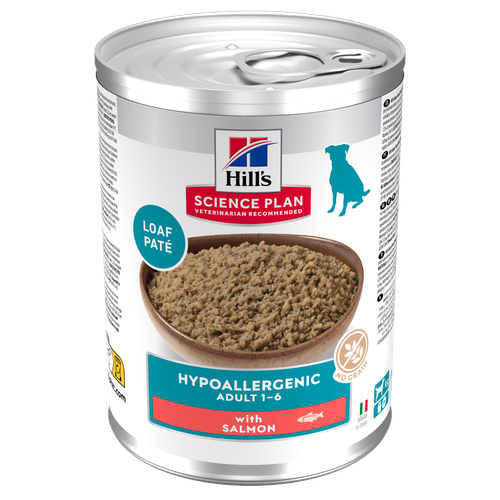 Hypoallergenic Adult Hundfoder
Hypoallergenic Adult HundfoderHill's Science Plan Hypoallergenic Adult våtfoder med lax är ett komplett helfoder av högsta kvalitet för alla vuxna hundar från 1 år och uppåt. Detta läckra våtfoder i burk är speciellt sammansatt för hundar med känslig hud och mage. Den innehåller en enda animalisk proteinkälla och är spannmålsfri.
Handla nu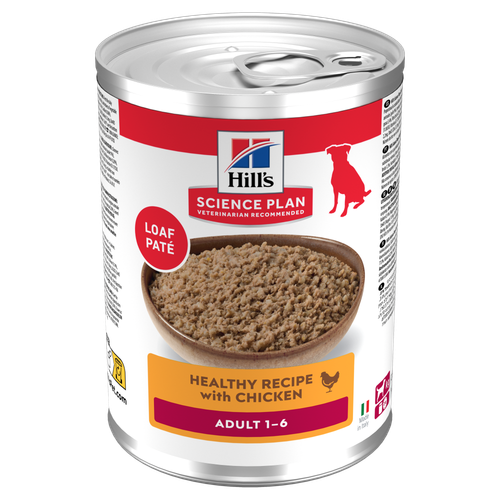 Adult Hundfoder
Adult HundfoderHill's Science Plan Adult våtfoder med kyckling är ett komplett helfoder för vuxna hundar från 1 år. Din hund kommer att älska detta läkcra våtfoder med kyckling som är sammansatt för en balanserad nutrition och allmän hälsa.
Handla nuHälsotillståndUtvalda produkter Hill's Science Plan SENIOR VITALITY KATTFODER Kyckling, med laxHandla nu
Hill's Science Plan SENIOR VITALITY KATTFODER Kyckling, med laxHandla nu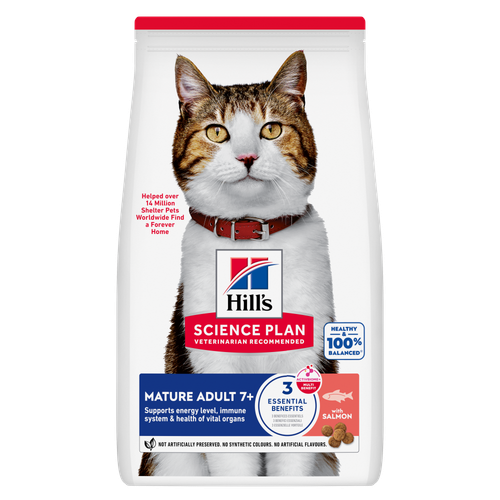 Hill's Science Plan Mature Adult Kattfoder Tonfisk
Hill's Science Plan Mature Adult Kattfoder TonfiskHill's Science Plan Adult kattfoder med lax är ett helfoder för äldre katter, speciellt utformat med ActivBiome+ Multi-Benefit teknologi.
Detta foder främjar ett värdigt åldrande hos katter och innehåller en synergistisk blandning av ingredienser som bidrar till att upprätthålla energi- och aktivitetsnivån.Handla nu Sterilised Kattungefoder
Sterilised KattungefoderHill's SCIENCE PLAN Sterilised Kitten kattungefoder är skapat med Hill´s unika förståelse för de specifika behov som kastrerade kattungar har. Det bidrar med hög proteinkvalitet för muskelutveckling, med kontrollerat fett för att förebygga risk för övervikt efter kastrering. Dessutom har det en unik blandning av antioxidanter för att främja ett hälsosamt immunsystem för att stöjda din kattunges tillväxt.
Handla nu -
Till hundägare
- Tips och artiklar
-
Hälsokategori
- Vikthantering
- Miljö- och foderöverkänslighet
- Urinvägar
- Matsmältning
- Leder
- Njurar
-
Hundens livsstadium
- Näring för valpar
- Näring för vuxna katter
- Näring för seniorer
Till kattägare- Tips och artiklar
-
Hälsokategori
- Vikthantering
- Hud- & foderöverkänslighet
- Urinvägar
- Matsmältning
- Njurar
-
Kattens livsstadium
- Näring för kattungar
- Näring för vuxna
- Näring för seniorer
Utvalda artiklar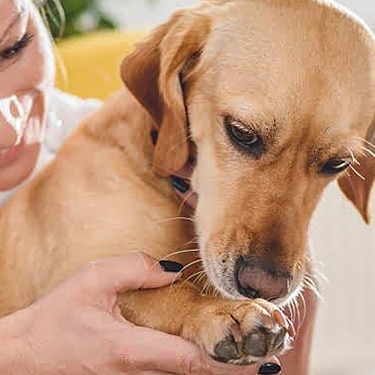 Virtual Vet Visits: What You Need to Know
Virtual Vet Visits: What You Need to KnowLearn the ins and outs of a televet appointment before you talk to a vet online.
Läs mer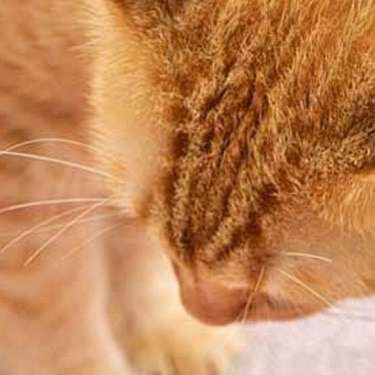 Kristaller och stenar i hund- och katturin
Kristaller och stenar i hund- och katturinLäs om orsaker till och behandlingar av kristaller i hund- och katturin för att bibehålla hundens eller kattens hälsa. För expertråd om urinvård, besök Hill's Pet Sverige.
Läs mer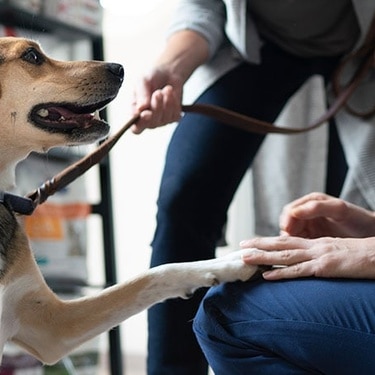 Viktförändringar hos hundar och katter - kan det vara ett sköldkörtelproblem?
Viktförändringar hos hundar och katter - kan det vara ett sköldkörtelproblem?En viktförändring kan tyda på ett problem med sköldkörteln. Läs mer om tecken, orsaker och vad du kan göra åt det.
Läs mer -


Every dog is unique and, in the eyes of every ‘pet parent’, the most beautiful animal to ever walk the earth. And that’s just how it should be. But how do you capture that spirit, that personality, that ‘special something’ about your dog in a photograph that you’ll always treasure? Well, the good news is that the advent of affordable digital cameras has made it easier than ever…
The techniques for capturing a stunning image of your dog are pretty much the same that you’d use for taking photos of any other kind of wildlife – immense patience; flexibility over lighting and exposure; awareness of the feelings of the animal; and lots and lots of shots! With a digital camera it doesn’t matter how many images you take, so you can snap away to your heart’s desire – the more shots you take, the better chance of catching that one perfect image. Even so, it’s a great idea to be prepared so here are some handy tips you may want to consider…
Be focused
Before you even pick up your camera to photograph your dog, think about what it is you really want to capture for posterity. Is it the way he manages to sprawl over the maximum possible area of carpet when he’s asleep? Or the way he leaps like a gazelle when he hears the sound of dinner being served? If you have a specific objective, time your ‘photo shoot’ accordingly and wait for the moment.
Focus is also important from the perspective of achieving the sharpest image. Remember, a camera’s auto-focus system will have more success locking onto a solid object (like an eyeball or a collar) than a clump of fur. And if your dog is moving and changing his distance from the camera, remember to keep focusing and refocusing all the time to compensate, so when that perfect moment happens, you can capture it in ‘pin-sharp’ resolution.
Be patient
Your dog doesn’t understand that you’re trying to take his picture – that’s why he refuses to obey commands like “stay still, right there!” or “move just a little to the left”. So you’re just going to have to wait for him to strike the perfect pose in his own good time. Let him relax, don’t chase him. If you want him to look at the camera, try holding a favourite toy above your camera to grab his attention.
Be bright
As a general rule, flash photography and animals don’t go well together. Some dogs are alarmed at the sudden bright light, and flash does tend to ‘bleach’ out the rich colours of an animal’s markings. Natural light – either outside or streaming through a window indoors – is not only far less ‘traumatic’ for the dog but also gives far better results in terms of colour reproduction. And if there’s not quite enough light, the beauty of digital is that you can always artificially brighten the shot later on your PC.
Be prepared


Smakrika tips
Valpar kan behöva flera besök under sitt första år för vaccinationer. Vuxna hundar har i allmänhet nytta av årliga kontroller, medan seniora hundar eller hundar med särskilda behov kan behöva mer frekventa besök.
Before you start shooting, make sure you’re using the right lens and that your camera is set to the right ‘shooting mode’. If you’re using an SLR camera, you may want to use a higher magnification zoom lens to enable you to take detailed ‘close-up’ shots from a distance without being in your dog’s face.
Because animals move very quickly, you should have your camera set to a fast exposure time otherwise you’ll end up with a series of motion blurs every time your dog moves his head. On an SLR, choose the ‘shutter priority’ mode and opt for a fast shooting speed – 1/200th of a second or faster – and let the camera work out its own exposure setting. Or if you’re using a ‘point & click’ camera, choose the ‘sports mode’ which will be pre-programmed to capture fast-moving events. If your camera has th,e facility to shoot continuously, set it to this option as well – you could be lucky and take a whole sequence of fantastic shots of your dog in action.
Be composed
A good photo doesn’t just happen by pointing the lens at your subject. Consider everything that you want to be in the picture as well as your dog. What will the background be? A sofa, a tree in the garden, a favorite dog bed? Or perhaps you’d like the focus to be solely on the animal. If your camera allows you to set the lens to a wide aperture (with a low f-stop, maybe 4 or lower), you can create a very artistic effect using ‘depth of field’ to give a blur to everything behind your dog.
Think about camera angles. Do you want to capture your dog looking thoughtful, shot from the side; gazing off into the distance, shot from behind; or looking straight into the lens? Get down to his level on the floor – not only will this give a better perspective than shooting down onto the top of your dog’s head, but it will also help him to relax.
Be inclusive
Don’t be afraid to have humans in the shot. How much more special will that photo be in the future if it also features another loved one. Sometimes, the simple inclusion of a pair of arms cradling the dog is enough to lend a real additional emotional warmth to the image, and it can also be a ‘sneaky’ way of keeping an overactive dog still long enough for you to get your shot!
Watch how the human and the dog interact with each other. If you’re lucky, you might just capture that perfect, candid moment when a look passes between them or when the dog relaxes and breaks into that beaming smile.
Finally, the best tip of all…
If at first you don’t succeed, keep trying. The more your dog gets used to being around you and your camera, the more he’ll learn to ignore it and behave naturally.
And that’s when you’ll get the shot that will always melt your heart every time you look at it in the future!


En av våra skribenter förberedde den här artikeln åt dig
Relaterade produkter

Hill's Science Plan Hypoallergenic Adult våtfoder med lax är ett komplett helfoder av högsta kvalitet för alla vuxna hundar från 1 år och uppåt. Detta läckra våtfoder i burk är speciellt sammansatt för hundar med känslig hud och mage. Den innehåller en enda animalisk proteinkälla och är spannmålsfri.
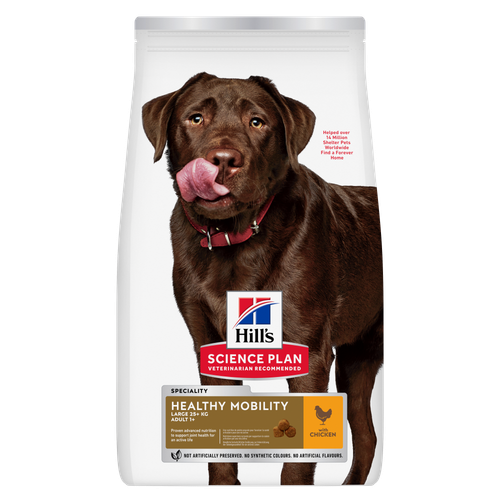
Hill's Science Plan Healthy Mobility Large Breed Adult Hundfoder med Kyckling erbjuder en avancerad nutrition för att stödja ledhälsan och förbättra rörligheten.
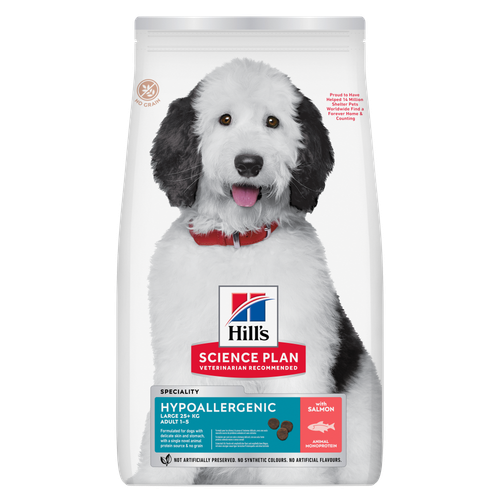
HILL'S SCIENCE PLAN Hypoallergenic Large Breed Adult hundfoder med lax är ett komplett foder för vuxna hundar av stora raser i åldern 1–5 år. Det är särskilt framtaget för hundar med känslig hud och mage, med begränsade mängder högkvalitativa och nya proteinkällor samt utan spannmål.
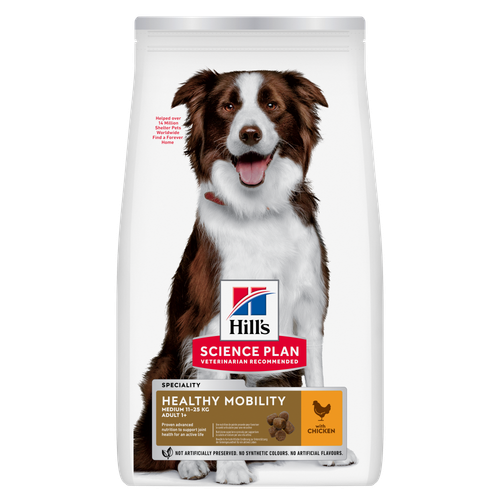
Hill's Science Plan Healthy Mobility Medium Breed Adult Hundfoder med kyckling erbjuder en avancerad nutrition för att stödja ledhälsa och förbättra rörligheten. provides advanced nutrition to support joint health and improve mobility.
Relaterade artiklar
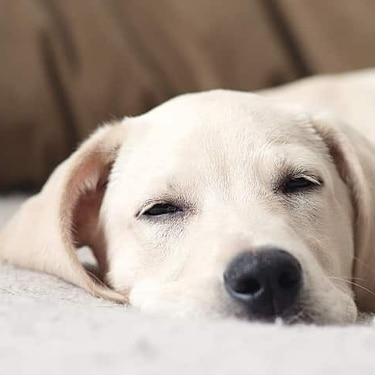
Hundar kan lida av känslig mage och är då benägna att utveckla problem med matsmältningen. Vissa raser kan dessutom vara mer känsliga än andra.
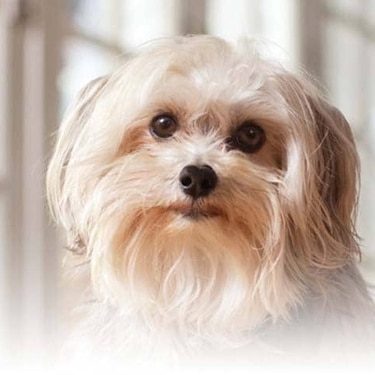
Just like every other pet owner, vets are responsible for giving their pets the best possible nutrition, exercise and care needed to keep them healthy and happy.
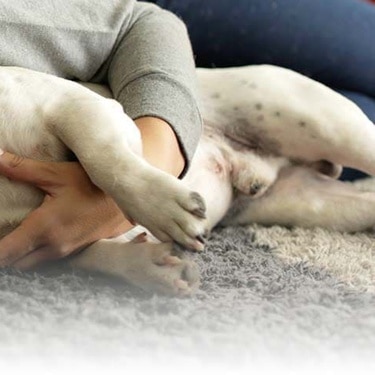
Signs of a healthy dog include healthy skin and a healthy coat. This article provides information on the appearance of a healthy coat, the importance of grooming, brushing, bathing and nutrition in the care of maintaining a healthy dog.
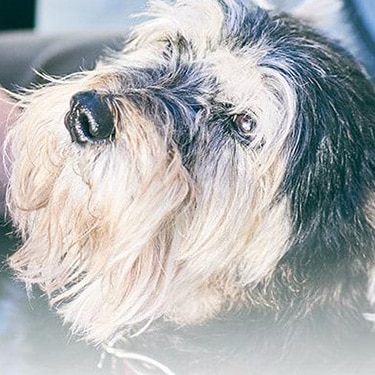
Though it may seem like your four-legged friend loves nothing more than to nap on the couch, dogs need regular exercise to stay healthy just like people do.
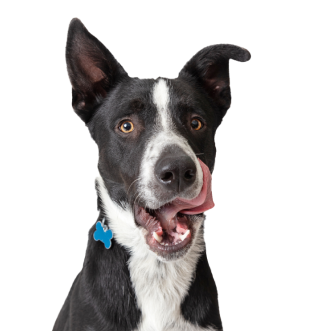
Sätt din hund på diet utan att den märker det
Vår kalorifattiga sammansättning hjälper dig att kontrollera din hunds vikt. Den innehåller högkvalitativt protein för att bygga slanka muskler och är tillverkad med noggrant utvalda ingredienser för en smakrik och näringsrik måltid. Kliniskt bevisade antioxidanter, vitamin C+E, bidrar till ett friskt immunsystem.
Sätt din hund på diet utan att den märker det
Vår kalorifattiga sammansättning hjälper dig att kontrollera din hunds vikt. Den innehåller högkvalitativt protein för att bygga slanka muskler och är tillverkad med noggrant utvalda ingredienser för en smakrik och näringsrik måltid. Kliniskt bevisade antioxidanter, vitamin C+E, bidrar till ett friskt immunsystem.

